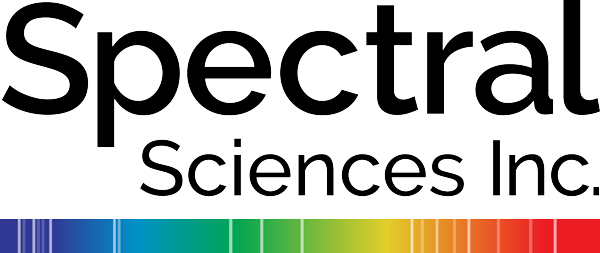Algorithms for the USAF Hypertemporal Imaging Space Experiment
Novel image analysis algorithms developed by Spectral Sciences were instrumental in the US Air Force’s decision to fund the Hypertemporal Imaging Space Experiment (HTI SpX), which is designed to test concepts for persistent surveillance of the Earth from space. In April 2014, officials of the Space Vehicles Directorate of the Air Force Research Laboratory’s Space Experiments and Programs Branch (AFRL/RVEP), Kirtland AFB, announced a $33.7 million, five-year contract to Raytheon for the payload. The payload will fly on the ESPA Augmented Geostationary Laboratory Experiment’s (EAGLE) platform bus. Spectral Sciences is participating in the program as a developer of the data processing software.
The HTI SpX payload will combine images taken of different spots on the Earth at multiple spectral wavelengths at regular time intervals. The sensor will be able to collect data of a wide range of target signatures in varied background environments. The images will provide information on how light interacts with the scene over many different wavelengths, such as infrared, ultraviolet, and visible light, as well as how areas in the scene change over time. The hypertemporal image processing techniques developed by SSI enable the extraction of much more information than standard methods.
For more information about SSI’s hypertemporal imaging research and development, contact Dr. Robert Shroll. For more information about the HTI SpX program, contact the Air Force Research Lab Space Vehicles Directorate.
